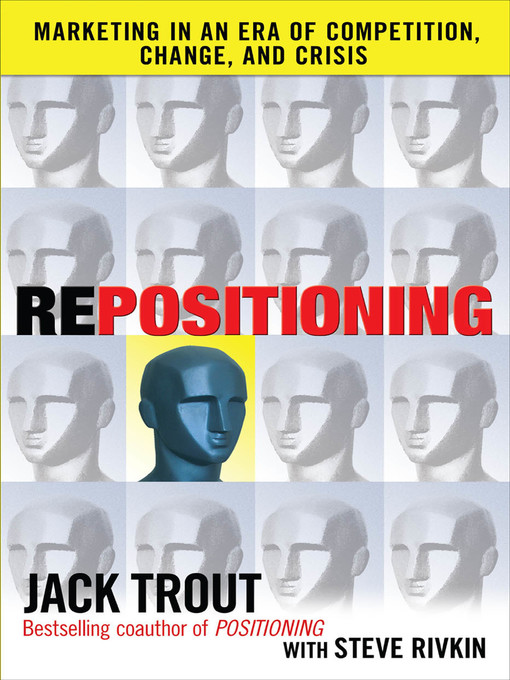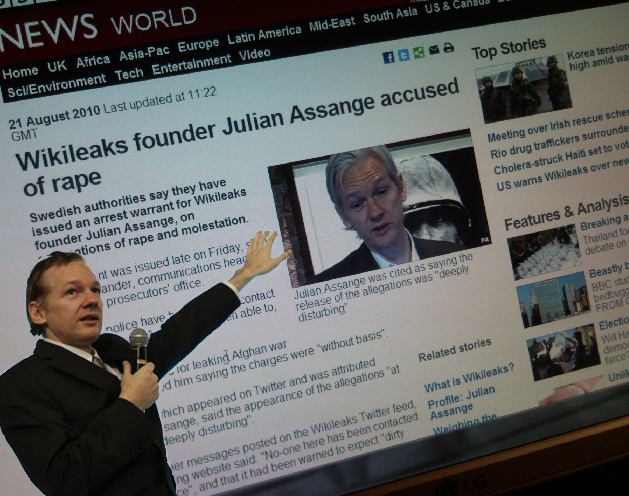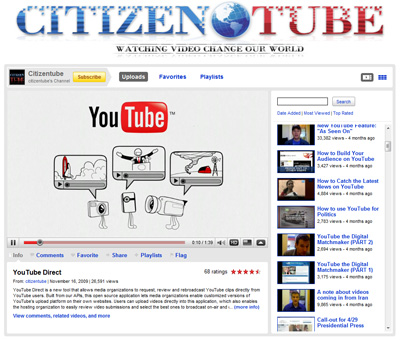Before beginning a new communication journey, it is worth reflecting on the current state of your organisation’s PR and marketing. A communications audit provides the opportunity to review your efforts and assess their effectiveness.
A communications audit is a valuable exercise whether you are a large or small not for profit. It provides a handy reference point to assess what is working and what is not. Based on this you can then decide what to continue with and what to abandon.
In my workshops I ask groups to complete a simple audit template which takes around 20 minutes. An extract is below.
| Communication activity | Frequency | Budget | Very effective | Effective | Not Effective |
| For example Brochures | | | | | |
Gather those who are responsible for directing and those who are responsible for carrying out your PR and marketing to complete the audit. Often in small not for profits these are the same people. It is handy to have the CEO or Chairperson involved because they know what is coming up, set future priorities and importantly control the communications budget.
Limit the audit to what you have done in the past 12 months and begin filling in the template.
In the column labelled Communication activity individually list what you currently do. For example you might use:
- Print collateral such as brochures, fliers, newsletters. Even list your annual report if this is how you make key people aware of what you do.
- Media relations such as media releases, interviews, media conferences, letters to the editor.
- Digital platforms such as your own or others’ websites, Facebook, Flickr, YouTube, Twitter, Foursquare.
- Events such as those you stage and those where you join with others.
- Word of mouth marketing such as liaising with influential people and asking clients for testimonials.
- Advertising such as radio, TV, newspapers or on-line advertising.
- Direct marketing such as direct mail, email campaigns, telesales
- Other activities.
In the column labelled Frequency write down how often you do these tasks. For example it could be something you do regularly such as keeping in contact with funding agencies. Or it might be something that happens throughout the year such as approaching the media. Or it might be something occurring once a year such as publishing the annual report.
In the column labelled Budget you need to identify the dollar cost of each activity and the number of hours spent on it each month. Small organisations often have little to spend on marketing and PR, but compensate by devoting considerable time to communicating. It is important to identify both types of costs.
In the column labelled Very effective place a tick for a particular activity that you regard as successful and would want to repeat. Or you might rate an activity as effective (which is still a high score) so place a tick against that item in the column labelled Effective. Or you might judge something as just not working, so tick the Not effective column.
Each communication task can only have one effectiveness rating and assigning a rating is based on either on evaluation data you have collected or an educated best guess of what works and what does not. (More on evaluation data in a later blog post .)
A completed template shows at a glance the relative effectiveness of each item on your communications menu. You can now decide what to keep, improve or ditch. Ideally you would want to continue an activity that was low cost in dollar terms and staff time but very effective. Something that was effective but expensive might warrant more effort to make it work even harder. Something graded not effective needs a massive overhaul or should be dropped.
You should conduct a simple communications audit least every 12 months and make sure you keep a record. This then becomes an important document from which you can judge your progress.











